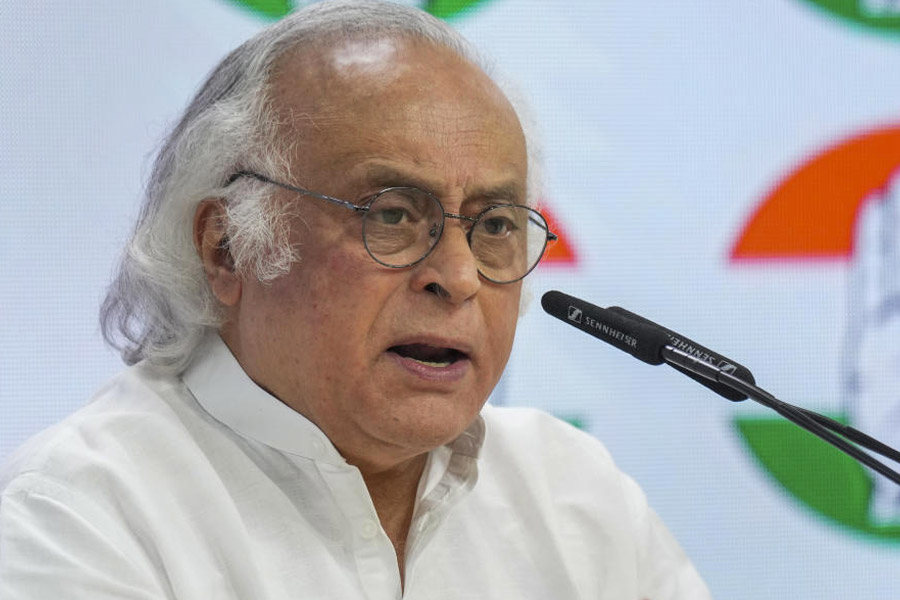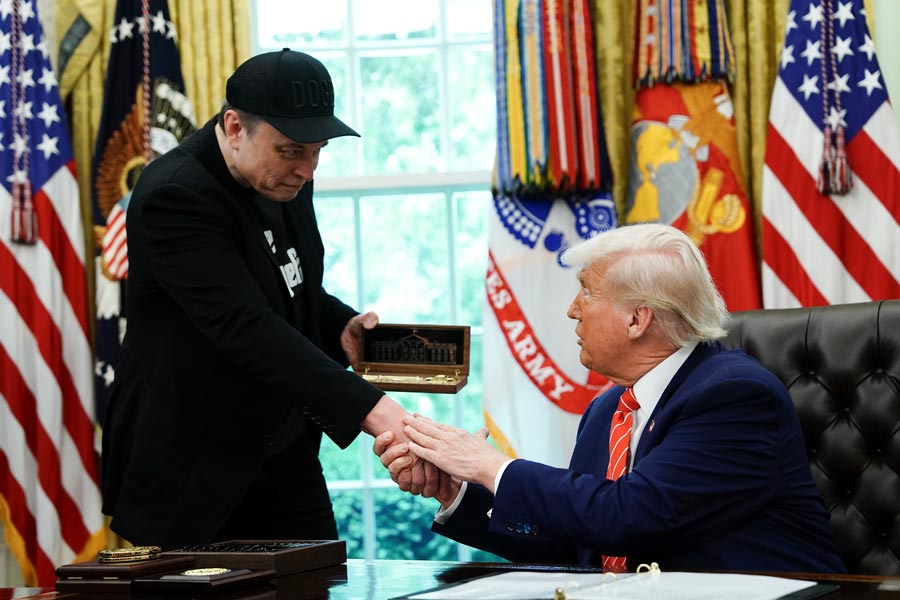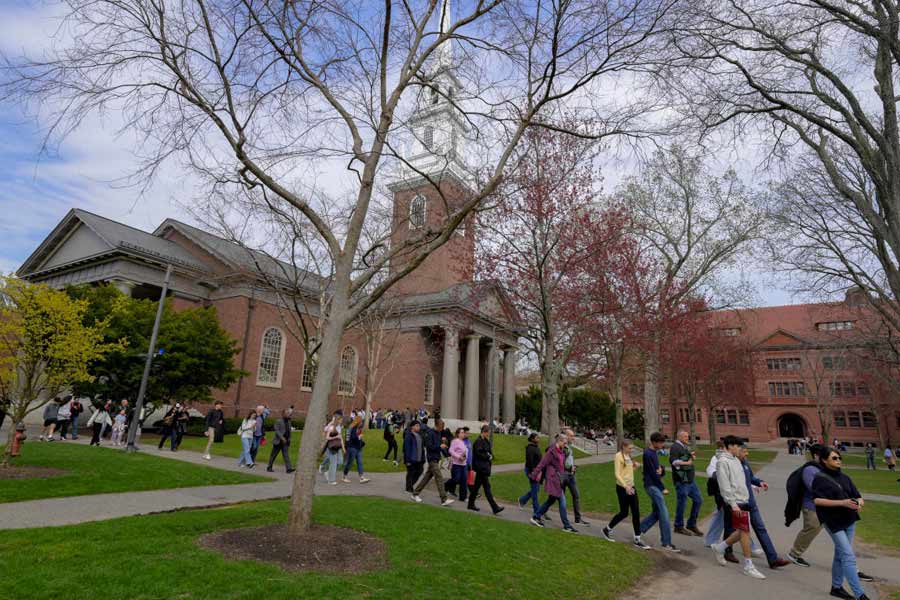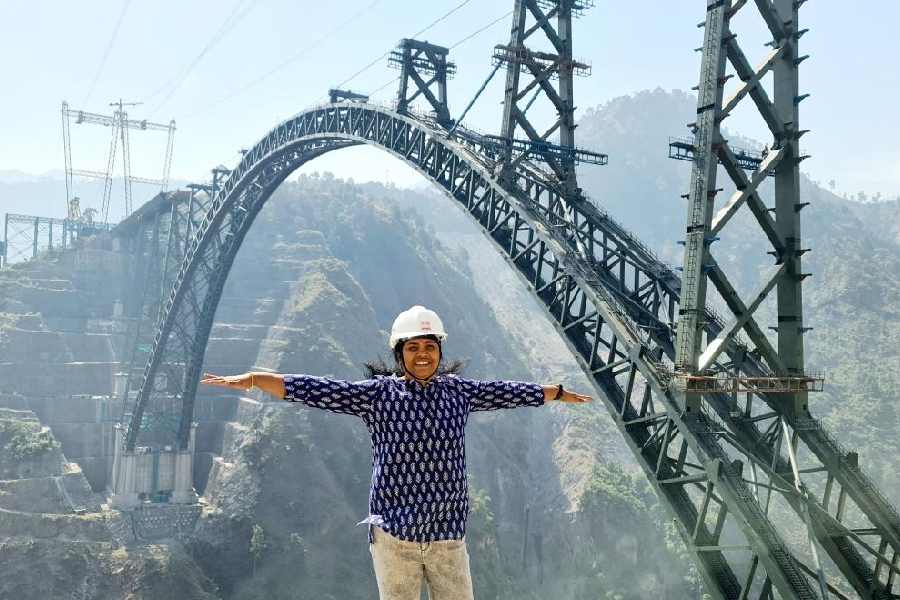|
|
The decision to include caste as a part of the census of 2011 will be viewed as a turning point by future students of society and politics in India. Such a proposal came up before the census of 2001, but the National Democratic Alliance government under Atal Bihari Vajpayee and L.K. Advani turned it down in the end. The present government, too, gave some indication of resistance at first, but yielded to pressures from some of its coalition partners. It is doubtful that either the prime minister or the home minister would have made such a move on his own. Those who run a coalition government have to skate on thin ice. They have to make compromises in order to buy peace, and they cannot think too hard about the consequences for the future of buying peace for the present.
Some social scientists have tried to make a virtue of a necessity and argued that the more data we have the better it will be for research. This is a shallow argument that ignores the political uses to which census data are put everywhere. In our case the enumeration and classification of castes will be used as weapons of offence and defence in campaigns for identity politics. This is very well understood by those hard-headed politicians who have pressed for the inclusion of caste.
The enumeration, classification and ranking of castes became an important part of census operations under colonial rule. Colonial civil servants, such as H.H. Risley and J.H. Hutton, both census commissioners in their time, were notable anthropologists. But their primary interest was not in research but in governance. They were not above using, and in that process reinforcing, the divisions of caste and community to maintain their hold on Indian society. The nationalists, in their turn, were quick to spot the divisive uses to which the preoccupation with caste was being put by the colonial administrators. It is in this context that the first government of independent India decided to exclude caste from the census of 1951.
It will be wrong to attribute only malign motives to the colonial rulers of the country. Some were honourable men who took a sympathetic interest in the people of India. But they acted according to their own understanding and judgement. Their understanding of India a hundred years ago was that it was a society of castes and communities and not a nation of citizens. They carried that understanding of Indian society from the 19th to the 20th century. If we look back on our own society beyond the middle of the 19th century, we will have to admit that there is a great deal to be said for such a judgement.
Those who believed that India was at bottom a society of castes and communities were, from their own point of view, justified in taking a sceptical attitude towards the prospects of democracy in the country. Such an attitude could never be taken by the leaders of the nationalist movement who were fighting for independence in the name of democracy. For them what was at stake was not India’s past but its future. They believed that, whatever India may have been in the past, their endeavour should be to look beyond the divisions of caste and community in order to create a nation of citizens. That is what nation-building meant for them.
A whole succession of nationalist leaders from Gokhale, Motilal and C.R. Das to Jawaharlal, Patel and others took up the challenge of transforming India from a society of castes and communities into a nation of citizens. It is unlikely that any of them seriously believed that the task before them was an easy one or that it could be accomplished in a year or a decade. But they took it as a matter of duty and honour to accept the challenge if only to prove to themselves and to the world that the colonial representation of Indian society was fundamentally wrong.
Nobody can deny the reality of caste divisions or the consciousness of those divisions in contemporary Indian society. The reality and the consciousness are both present and reinforce each other. That is not the question before us today. The question is whether we should act so as to weaken or to reinforce the role of caste in public life. The leaders of the past on the whole acted so as to weaken it whereas many of our contemporary political leaders act in ways that are bound to strengthen it.
Those who brought independence to the country were inclined to believe that caste was changing, and that the secular trend of change was towards a weakening, rather than a strengthening, of caste. That belief was widely shared among the Indian intelligentsia at that time. It does not appear to have been an unreasonable view in the light of the evidence then available although the euphoria created by the freedom from colonial rule led to much wishful thinking. Although the secular trend of change was towards a weakening of caste, the system had a great deal of resilience such that it could be given a new lease of life by deliberate political action.
Whether in the constituent assembly or in the first Union cabinet, the political climate was definitely opposed to the revival of caste. The basic unit in the architecture of the Constitution was the individual as citizen whose fundamental rights were defined without consideration of race, caste or community.
The solidarity of the nation and the rights of the citizen were the two ends that were stressed repeatedly in the early years of independence. These were the ones that had been ignored or denied under colonial rule. Kaka Kalelkar, the chairman of the first backward classes commission wrote in 1955 that “nothing should be allowed to organize itself between these two ends to the detriment of the freedom of the individual and the solidarity of the nation”. Such a view, which might have appeared natural in the 1950s, is bound to appear utopian today.
In a pluralist democracy, the State can hardly prohibit the formation of associations based on caste and community and designed for the promotion of sectional interests. But should it turn its back on the representation of India as a nation of citizens and bring back in its place its representation as a society of castes and communities?
The census of India is not a private, but an official, undertaking. The classification it adopts is an official classification, which will provide a basis for the representation of Indian society that will bear the stamp of the State’s authority. The colonial government had put its own stamp of authority on the representation of India as a society of castes and communities through the census it conducted every ten years. In 1951, the government of independent India tried to make a new beginning by setting aside the classification of the Indian population on the basis of caste. By returning to the old categories established under colonial rule, the present regime will be making an admission of our failure to transform ourselves into a nation of citizens. Risley and Hutton will be smiling in their graves.











